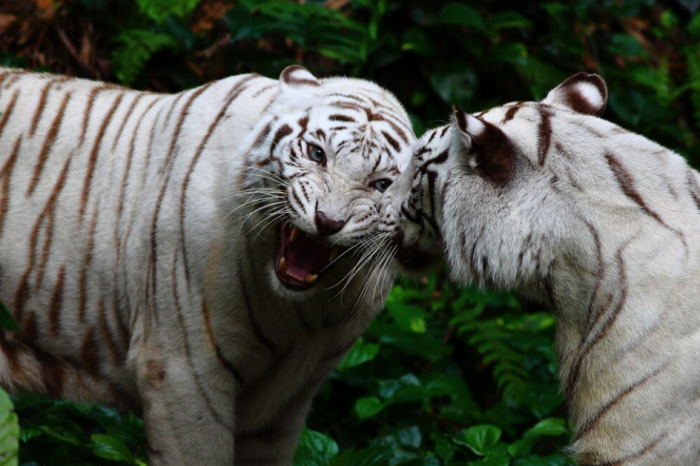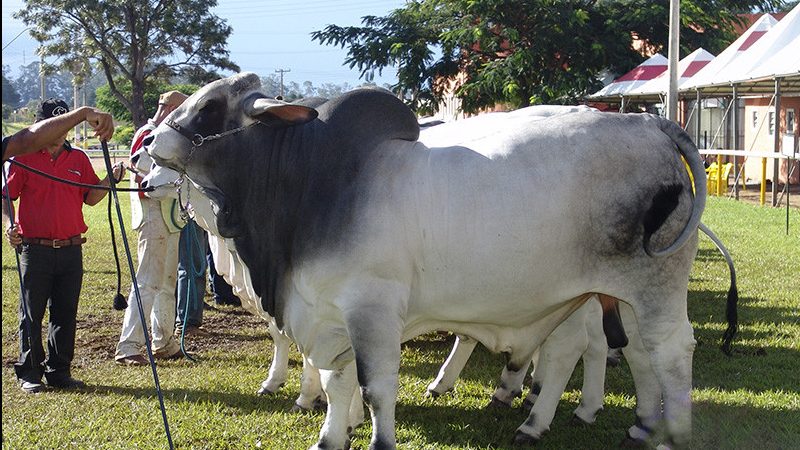White tigers, with their splendid appearance and rare beauty, have delighted people around the world for centuries. They are a special kind of tiger that stands out because of their gorgeous white fur. These white tigers are rare and unique, drawing attention wherever they go. But what makes them so special? Let’s take a closer look at these amazing creatures!
Interesting Facts About White Tigers
White Bengal tigers are extraordinary creatures, known for their stunning white fur, a rare sight compared to the typical orange coats of Bengal tigers. Interestingly, these white tigers tend to grow faster and larger than their orange counterparts. By the time they are 2 to 3 years old, they are fully grown, with males reaching weights of 200 to 230 kilograms and lengths of up to 3 meters.
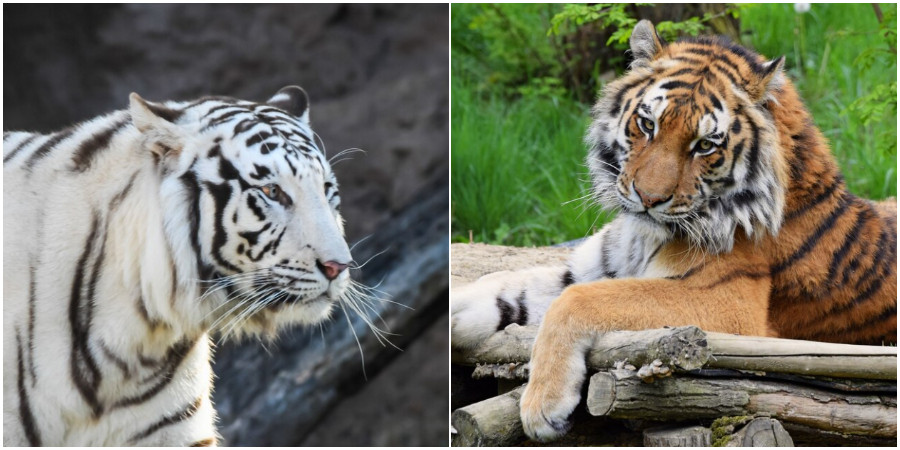
What is particularly fascinating about them is that each one has its own distinct pattern of stripes, much like human fingerprints. This pattern is actually a part of their skin pigmentation, so even if they were shaved, you would still be able to see their one-of-a-kind design. Moreover, some of them have blue eyes, which makes them even more striking.
The occurrence of white fur in Bengal tigers is quite rare, happening naturally only once in about 10,000 births. Both parents must carry a specific gene for this coloration to be passed on to their offspring. Currently, there are a few hundred of them in captivity around the world, with some residing in India.
Despite their rarity, these white tigers are quite popular attractions in places like zoos and wildlife parks, as well as in entertainment shows featuring exotic animals. However, their unique coloration might also be a disadvantage in the wild, as it doesn’t provide the best camouflage for hunting or avoiding predators.
There are some interesting facts about this extraordinary creature:
1. Unique Genetic Mutation
White tigers are not a different species but rather a genetic anomaly of the Bengal tiger. Their amazing white coat is the result of a rare recessive gene mutation that affects pigmentation.
2. Rare in the Wild
White tigers are incredibly rare in the wild, with only a handful ever reported. Most of them that are alive today are bred in captivity, primarily for protection and exhibition purposes.
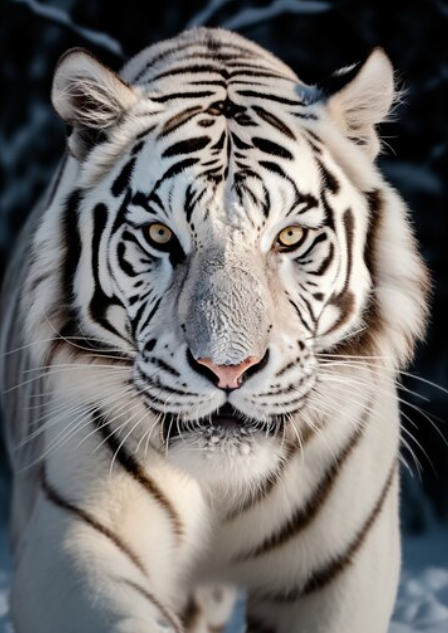
3. Bengal Tigers
White tigers are a variation of the Bengal tiger (Panthera tigris tigris), which is native to India, Bangladesh, Nepal, and Bhutan. They inhabit a variety of habitats, including forests, grasslands, and mangrove swamps.
4. Conservation Concerns
While they are often bred in captivity, there is ongoing debate about the ethics and protection value of these breeding programs. Some argue that focusing on saving the natural habitats of wild tigers is more critical for the species’ long-term survival.
5. Coat Coloration
The snow-white coat of these tigers is caused by a lack of pigment called pheomelanin, which gives them their distinctive appearance. Despite their name, they still have black stripes, which are more visible against their pale background.
6. Striped Relatives
This unique animal shares many characteristics with their orange look-alikes, including their behavior, diet, and habitat preferences. They are equally skilled hunters and primarily prey on deer, wild pigs, and other large mammals.
7. Myth and Legend
Throughout history, the legendary animals have been revered and mythologized in various cultures. In Indian mythology, they symbolize power, strength, and protection and are associated with the goddess Durga.
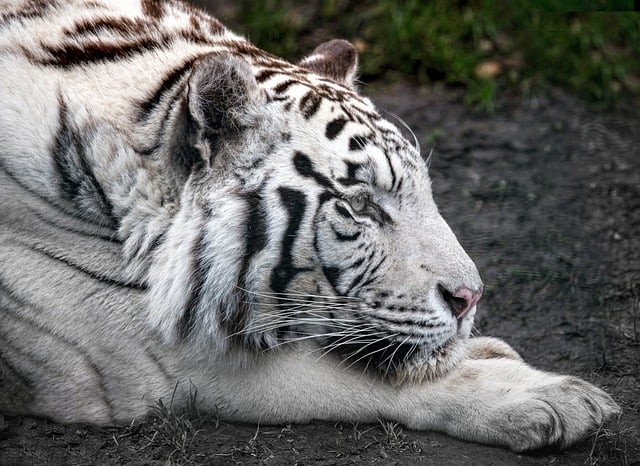
8. Famous Individuals
Several white tigers have gained fame over the years, including Mohan, one of the first recorded captured in the wild in India in the 1950s. Today, they continue to be popular attractions in zoos and wildlife parks worldwide.
9. Health Concerns
This beautiful creature often faces health challenges associated with its breeding history, including vision problems and genetic disorders. Additionally, inbreeding, which is common in captive populations, can worsen these issues.
10. Conservation Efforts
Despite the fuss surrounding captive breeding, some organizations are working to save white tigers and their habitats. These efforts include supporting sustainable eco-tourism and promoting public awareness about the plight of all tiger species.
11. Symbol of Hope
For many people, they serve as a symbol of hope for the protection of all tiger species. By raising awareness about their plight and supporting protection initiatives, we can help ensure a brighter future for these magnificent animals.
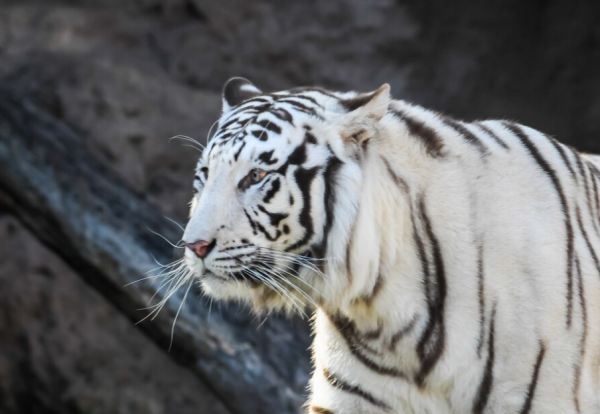
12. Continued Fascination
These special animals continue to captivate the imaginations of people around the world, inspiring awe and wonder with their beauty and mystery. Whether in the wild or in captivity, these majestic creatures remind us of the importance of preserving our planet’s rich biodiversity.
White tigers are not only breathtakingly beautiful but also symbolize the fragile balance between humans and wildlife. By learning more about these fascinating creatures and supporting conservation efforts, we can all play a role in ensuring their survival for generations to come.
You may also like: What Did You See First? It Can Tell Who You Are
